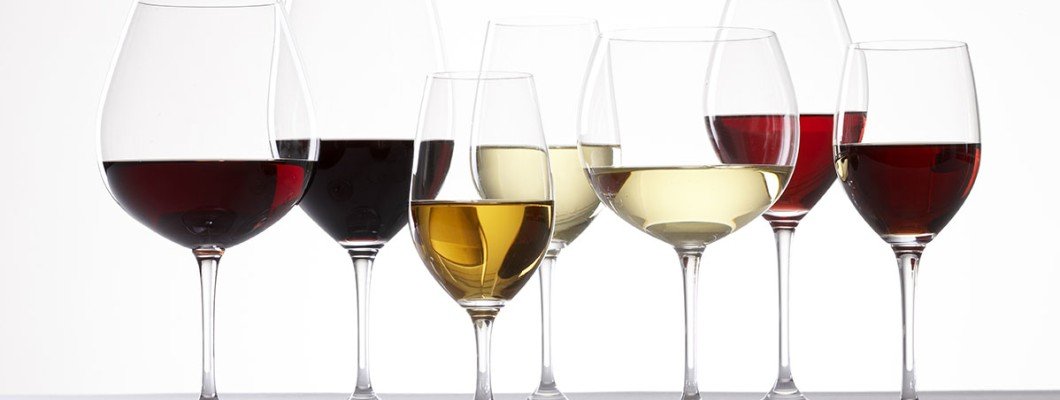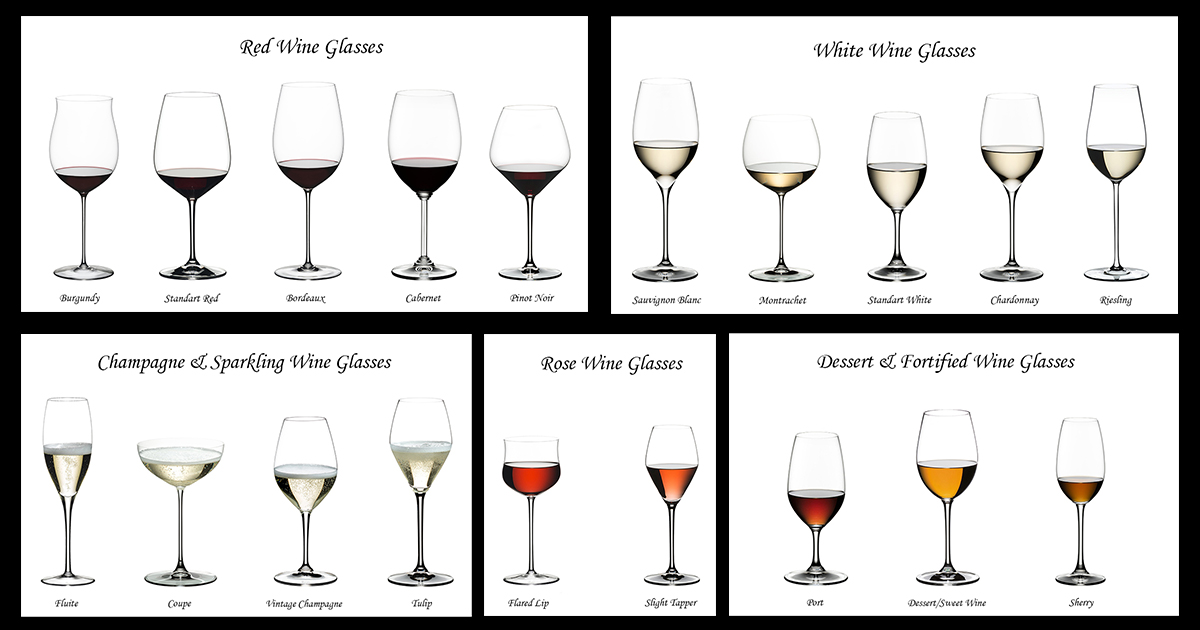
Wine is a fermented beverage produced from the fermentation of other fruits or berries. In general, wine is a beverage served with meals or enjoyed as a flavor addition to other dishes. Traditional wine is usually made from the fermenting of grapes, but some wines are made from other fruit. The enjoyment of wine varies according to the drinker's taste; some people enjoy their wine chilled and with a variety of foods, while others only drink it hot. Glasses used to serve wine vary based on the type of wine being served. For example, white wine is typically served in a different type of glass than red wine. Additionally, certain glasses are meant for iced wine compared to hot wine.
First, it's important to understand the anatomy of a wine glass. The bowl is the rounded part of the glass that holds the wine, and it can be either wide or narrow depending on the type of wine. The stem is the long, thin part of the glass that you hold onto, and it helps prevent the heat from your hand from warming the wine. The foot is the flat base of the glass that keeps it stable on a surface.

Red Wine Glasses
Red wines typically benefit from a glass with a wide bowl and a large opening to allow the wine to breathe and release its aromas. This helps to accentuate the wine's rich, bold flavors. The shape of the glass should also direct the wine to the back of the mouth, where it can be fully appreciated. Examples of red wine glasses include Bordeaux glasses, Burgundy glasses, and Zinfandel glasses.
White Wine Glasses
White wines generally require a smaller bowl than red wines, as they don't need as much space to breathe. A smaller bowl also helps to keep the wine cooler, which is important for certain white wines. A white wine glass should have a narrow opening to help concentrate the delicate aromas of the wine. Examples of white wine glasses include Chardonnay glasses, Riesling glasses, and Sauvignon Blanc glasses.
Sparkling Wine Glasses
Sparkling wines, like Champagne, require a glass with a tall, narrow bowl and a small opening to preserve the wine's bubbles and carbonation. This shape also helps to direct the wine's bubbles towards the top of the glass, allowing them to be fully appreciated. Examples of sparkling wine glasses include Champagne flutes and Coupe glasses.
Material
Wine glasses can be made of various materials, including glass, crystal, and even plastic. Glass and crystal are the most common materials for wine glasses due to their clarity and ability to reflect light. Crystal is more expensive than glass and has a higher lead content, which gives it a heavier feel and a more refined look. Plastic glasses are a great option for outdoor events or for use around children, but they do not offer the same experience as glass or crystal.
Conclusion
In conclusion, choosing the right wine glass can greatly enhance the enjoyment of your wine. Remember to consider the shape, size, and material of the glass when making your selection. Whether you're drinking a bold red or a delicate white, the right glass can make all the difference.

Leave a Comment